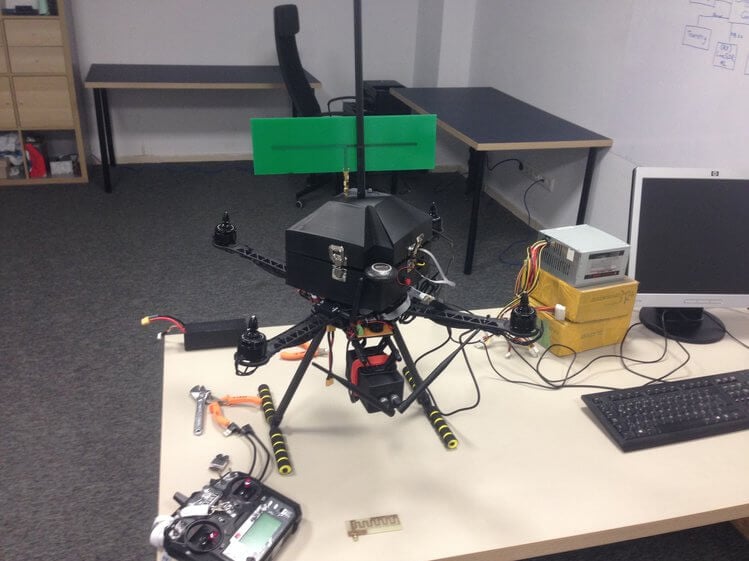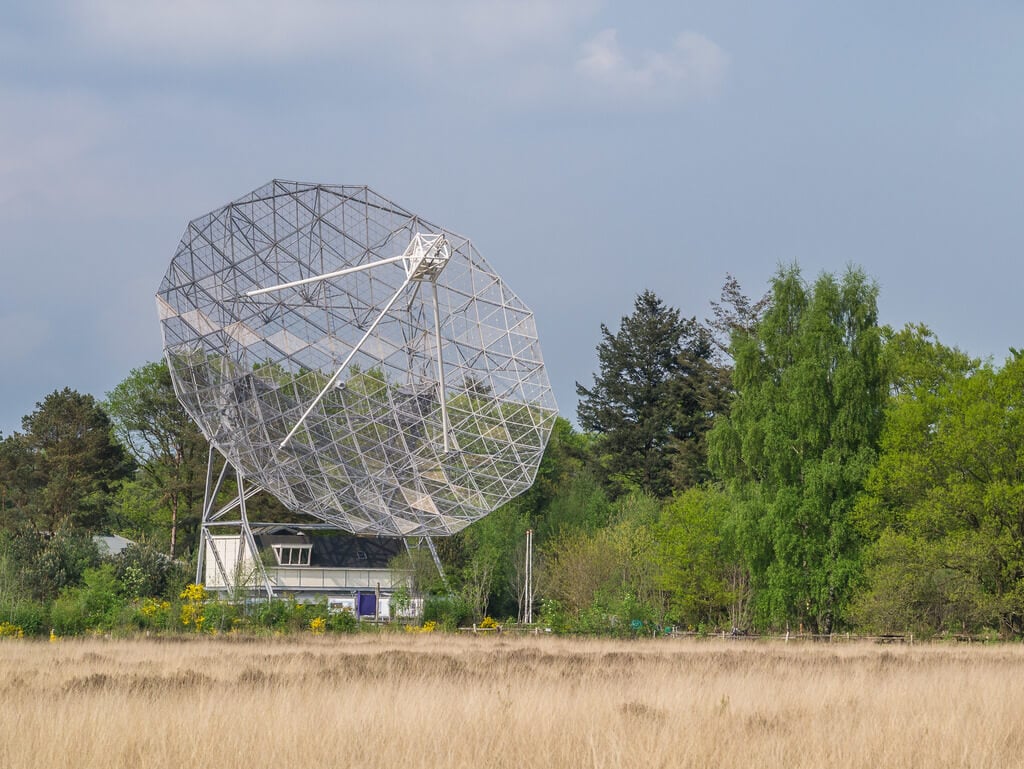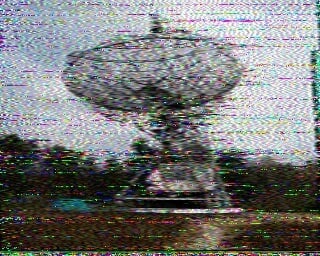Decoding the Lucky-7 Cubesat
Lucky-7 is a Czech cubesat that carries some interesting sensors including a low power GPS receiver, a gamma ray spectrometer and dosimeter and a photo camera. The creators also claim that it is "probably the lowest-cost scientific space mission in human history". It was recently successfully launched and orbited together with the Meteor M2-2 weather satellite and several other small satellites.
"We did not build just another satellite. It is a flying laboratory. The satellite is going to test something that nobody has ever done before. Thanks to our background in electronics, materials and space effects, we implemented commonly used electrical parts from automotive and IoT industry in totally new ways. Gallium Nitride power transistors used in modern electric cars do not contain insulation layer to control its conductivity. That makes them much less vulnerable against the space radiation. We fly the world's first MOSFET-free power supply ever built for small satellites. The LED lighting industry has been used to make composite aluminum radiation shields for us. It is very cheap, lightweight and it naturally increases the mission lifetime," says Jaroslav Laifr, the CEO and founder.
If all goes well, the team will be able to measure the in-situ radiation background by miniature onboard Dosimeter and monitor the health of key subsystems, such as communication or data storage by complete satellite telemetry. The experimental Gamma Spectrometer payload informing about the energy of incident radiation will be able to detect Gamma Ray Bursts from distant galaxies. The platform also contains the VGA camera to demonstrate the data transfer capability. It may capture the first colour images ever taken by Czech satellite, possibly detecting the aurora glow. Such pictures would be greatly utilized for the outreach and inspire a new generation of scientists and engineers.
Daniel Estesvev has recently added a Lucky-7 decoder to gr-satellites, and has uploaded a post explaining some technical details on how he created the decoder. With this decoder, anyone with an SDR and appropriate antenna should be able to receive and decode the telemetry (no word on camera images yet). He writes that "Lucky-7 transmits 4k8 GFSK telemetry in the 70cm band. It uses a SiLabs Si4463 transceiver with a PN9 scrambler and a CRC-16. You must use FM mode to receive this satellite (437.525MHz)."
CubeSat companies like Sky Fox Labs are also tracking the satellite, and are tweeting results.
Lucky-7 #CubeSat Gamma Ray Spectrometer (0.3-3 MeV) data from first 1 hour of operations were compiled. It shows the contiuum in energy spectra as expected, no line spectra detected (obviously, there is no flying Cesium nearby). It corresponds to Dosimetry measurements!
— SkyFox Labs™ (@SkyFoxLabs) July 24, 2019
??️?☢️ pic.twitter.com/gtZr4uOERu

![Corrupted NOAA-15 Image Received by [Karsey]](https://www.rtl-sdr.com/wp-content/uploads/2019/07/noaa15_karsey_corrupt.png)


